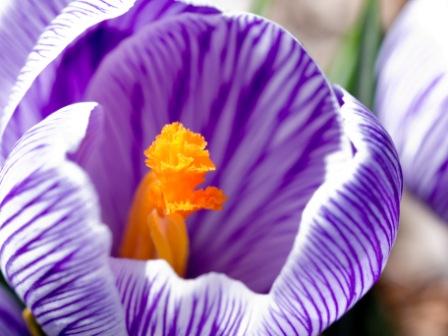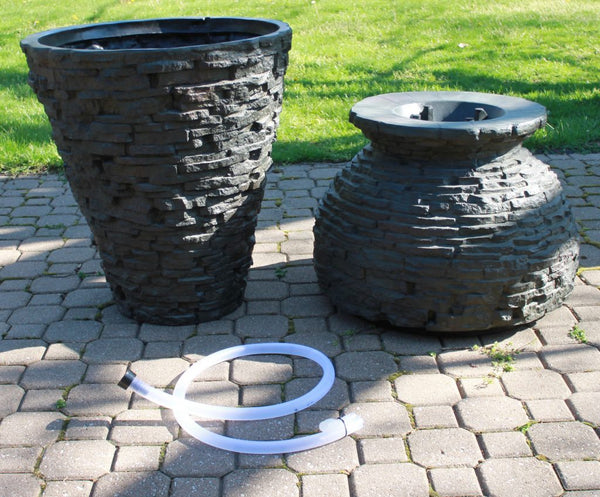The Department of Horticulture at Purdue University Cooperative Extension Service has tons of a great publications. The particular one that I want to share a portion of with you today is Winter Garden Calendar (HO-90-W). This article outlines some monthly winter activities that will help make our indoor and outdoor plants and lawns to be more ready for summer. If you’re winter involves snow and ice like my winter does, you might think there isn’t any horticultural activities to work on currently. But not true!
Indoor Plants and Activities
- Maintain water levels on cut-flower vases, as well as, houseplants.
- Repot houseplants as they outgrow their current pots.
- Early blooms of spring-flowering bulbs can be forced into blooming early indoors. Keep the plant in a bright, cool location or longer lasting blooms. These forced-bloomed plants make poor garden flowers and it is recommended to discard them after the blooms fade.
Lawns, Woody Ornamentals, Landscape Plants and Tree Fruits
- Check mulches, rodent shields and other winter plant protections to make sure they are still in place.
- Prune landscape plants, except early spring bloomers, which should be pruned after flowers fade.
- Birches, maples, dogwoods, and other heavy sap bleeders can be pruned in early summer to avoid the sap flow, although bleeding is not harmful to the tree.
- Prune fruit trees to control plant size and remove dead, damaged, or weak limbs.
Flowers, Vegetables and Small Fruits
- Prepare or repair lawn and garden tools for the upcoming season.
- Start seeds indoors for cool-season vegetables so they will be ready for transplanting to the garden early in the season. Broccoli, cauliflower and cabbage seeds should be started five to seven weeks prior to transplanting.
- Test leftover garden seed for germination. Place 10 seeds between moist paper toweling or cover with a thin layer of soil. Keep seeds warm and moist. If less than 6 seeds germinate, then fresh seed should be purchased.
More great articles can be viewed on Purdue University Extension’s website.



